12 Days to Music Release Success: Day 4 – Behind the Music: Sharing the Story of Your Song
You’ve laid the groundwork. You’ve teased your upcoming release, captivated audiences with a visually stunning cover art reveal, and even ignited anticipation with a snippet of the track. Now, on Day 4, it’s time to go deeper. It’s time to pull back the curtain and connect with your audience on a more personal level by sharing the story behind your song.
This isn’t just about promoting your music; it’s about building a genuine connection, fostering loyalty, and transforming listeners into invested fans. Today, we’ll craft a compelling narrative around your track, ready to be shared across your social media platforms.
Why is “Behind the Music” So Important?
- Humanizes the Music: Listeners crave connection. Sharing the story behind your song adds a layer of authenticity and emotion, transforming it from just a collection of sounds into a meaningful expression.
- Deepens Engagement: Knowing the inspiration, struggles, and triumphs behind a song significantly increases listener engagement. People are more likely to listen repeatedly, share it with others, and feel a stronger connection to you as an artist.
- Creates Talking Points: The story gives fans something to discuss, analyze, and relate to. It generates conversations and encourages them to share their interpretations.
- Boosts Memorability: A compelling narrative helps your song stand out from the crowd and become more memorable. It’s a crucial ingredient in building a lasting impact.
- Builds Artist Persona: By sharing your creative process, you’re revealing a part of yourself. This allows fans to understand your motivations, values, and artistic vision.
Day 4: The Action Plan
Today, we focus on crafting and scheduling content for your social media platforms that highlights the story of your song. Here’s a step-by-step guide:
1. Brainstorm and Outline Your Story:
Before jumping into crafting content, take some time to brainstorm and outline the key elements of your song’s story. Consider these questions:
- What inspired the song? Was it a personal experience, a current event, a fictional story, a dream, or something else entirely? Be specific.
- What emotions were you feeling when you wrote it? What were you hoping to convey to listeners?
- What were the challenges you faced during the writing or recording process? Did you struggle with writer’s block? Did you experiment with different sounds or arrangements?
- Are there any interesting or unique details about the production process? Where was it recorded? Who did you work with? What specific instruments or techniques did you use?
- What is the core message of the song? What do you hope listeners will take away from it?
- What is your personal connection to the song? How does it resonate with your own life and experiences?
- Is there a specific anecdote or funny moment related to the creation of the song? Humour and relatability are always a plus!
Don’t try to cram everything in. Focus on the most compelling and emotionally resonant aspects of the story. Choose 2-3 key points to highlight in your social media posts.
2. Craft Engaging Content for Different Platforms:
Tailor your content to the specific platform you’re using. Remember, what works on Instagram might not work on Twitter, and vice versa.
- Instagram:
- Reels/TikToks: This is where visual storytelling shines! Create short, engaging videos using the song as a soundtrack. Ideas include:
- Behind-the-scenes footage: Show yourself writing, recording, or rehearsing the song.
- Location reveal: Share footage from the location that inspired the song.
- Lyric breakdown: Highlight specific lyrics and explain their meaning.
- “Storytime” format: Simply talk to the camera and share the story in a relatable way.
- Duet/stitch with other creators: Collaborate with other musicians or influencers to create engaging content around the song.
- Static Posts:
- Photos with captions: Share photos related to the song’s inspiration, the recording process, or even just a visual representation of the song’s mood. Write a captivating caption that tells a part of the story.
- Quote cards: Design visually appealing quote cards featuring powerful lyrics or snippets of the song’s story.
- “Ask Me Anything” (AMA) sticker in Stories: Encourage fans to ask questions about the song and its creation.
- Instagram Stories:
- Polls: Engage your audience with interactive polls asking about their interpretation of the song or their favourite lyric.
- Question Stickers: Ask fans what the song makes them feel.
- Link Stickers (if you have 10k+ followers): Link to a blog post or article where you share the full story.
- Reels/TikToks: This is where visual storytelling shines! Create short, engaging videos using the song as a soundtrack. Ideas include:
- Twitter:
- Thread: Share the story in a series of tweets, using relevant hashtags.
- Short, punchy tweets: Focus on key details and emotional hooks.
- Engage with replies: Respond to fans’ comments and questions.
- Retweet and quote tweets: Share positive feedback and fan interpretations.
- Facebook:
- Longer posts: Share more detailed information and personal reflections.
- Videos: Upload longer videos where you talk about the song’s story.
- Run a contest: Ask fans to share their interpretation of the song’s meaning for a chance to win a prize.
- Facebook Live: Host a live Q&A session to answer fans’ questions about the song.
- YouTube:
- Vlogs: Create a vlog-style video documenting the creation of the song.
- Lyric Video: Use creative visuals to showcase the lyrics and tell the story visually.
- “Behind the Scenes” Documentary: Offer an in-depth look at the recording process.
3. Examples of Content:
- Instagram Reel: “This song was inspired by a lonely walk through the city at night. I felt [emotion] and wanted to capture that feeling of [feeling]. What emotions does this song evoke in you?” (Show visual of city at night).
- Twitter Thread: “1/5 – Just wanted to share the story behind my new song, ‘[Song Title]’! It started with a melody that popped into my head during a dream…”
- Facebook Post: “I poured my heart and soul into this song. It’s about [topic] and represents a turning point in my life. Read more about the story behind it here: [Link to blog post]”
- YouTube Video: A 5-minute video documenting the writing and recording process of the song, including interviews with the band members and producer.
4. Scheduling and Consistency:
- Use a social media scheduling tool: Platforms like Buffer, Hootsuite, or Later can help you schedule your posts in advance and maintain a consistent presence.
- Spread your content out: Don’t post everything all at once. Space out your posts throughout the day to maximize reach and engagement.
- Monitor your engagement: Pay attention to which posts are performing well and adjust your strategy accordingly.
5. Hashtag Research:
- Relevant Hashtags: Research and use relevant hashtags to increase the visibility of your posts. Examples include: #behindthemusic #songwriting #newmusic #musicrelease #indieartist #musicproduction #[Genre]
- Niche Hashtags: Use hashtags that are specific to your genre or niche.
- Trending Hashtags: Monitor trending hashtags and see if you can find a way to incorporate them into your content.
Key Takeaways for Day 4:
- Authenticity is key: Be genuine and share your story from the heart.
- Focus on emotion: Connect with your audience on an emotional level.
- Use visuals: Incorporate images and videos to make your content more engaging.
- Be consistent: Post regularly and stay active on social media.
- Engage with your audience: Respond to comments and questions.
By dedicating Day 4 to sharing the story behind your song, you’re not just promoting your music; you’re building a deeper connection with your audience and turning them into loyal fans. This is an essential step in creating a successful music release and building a lasting career as an artist. Good luck!


